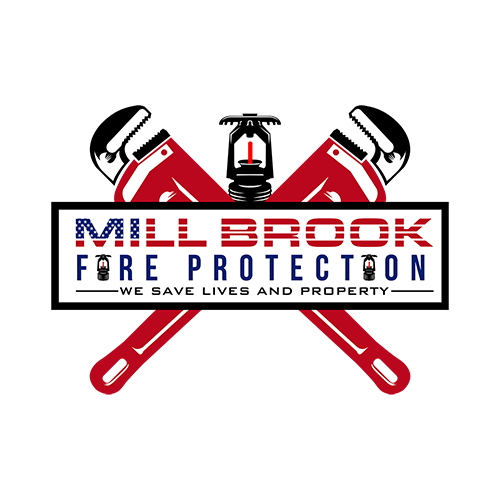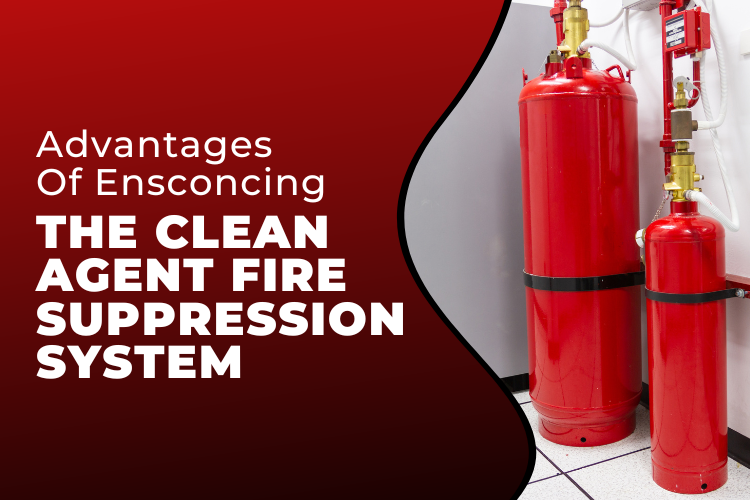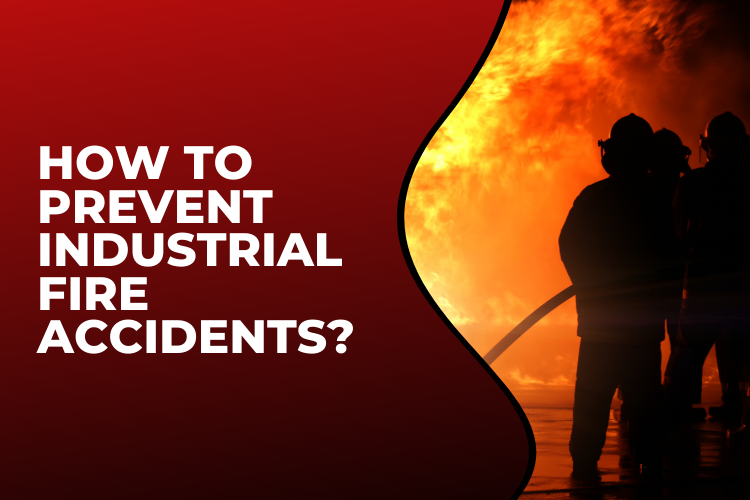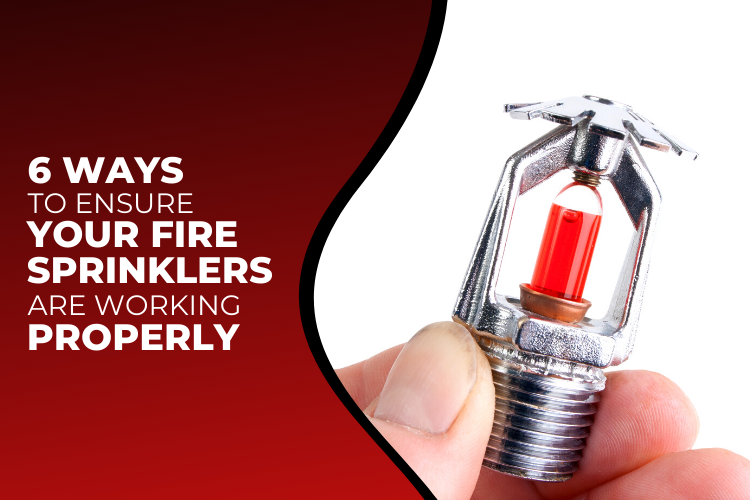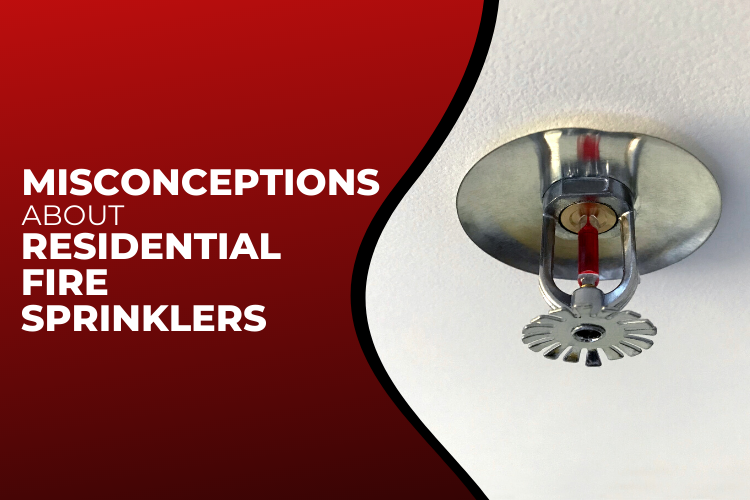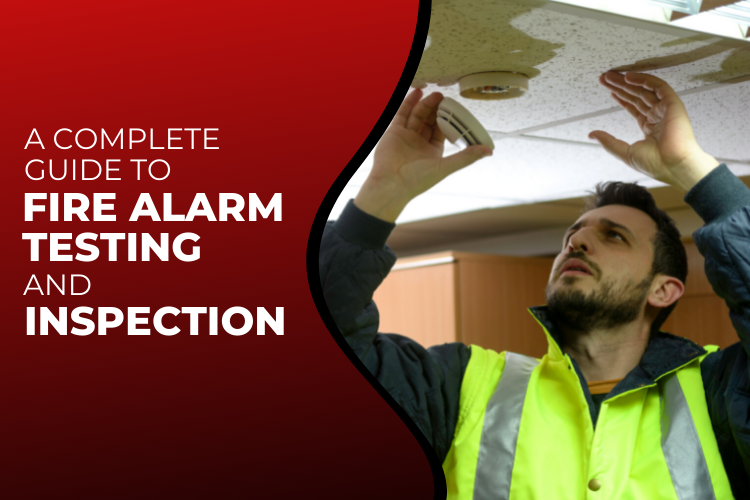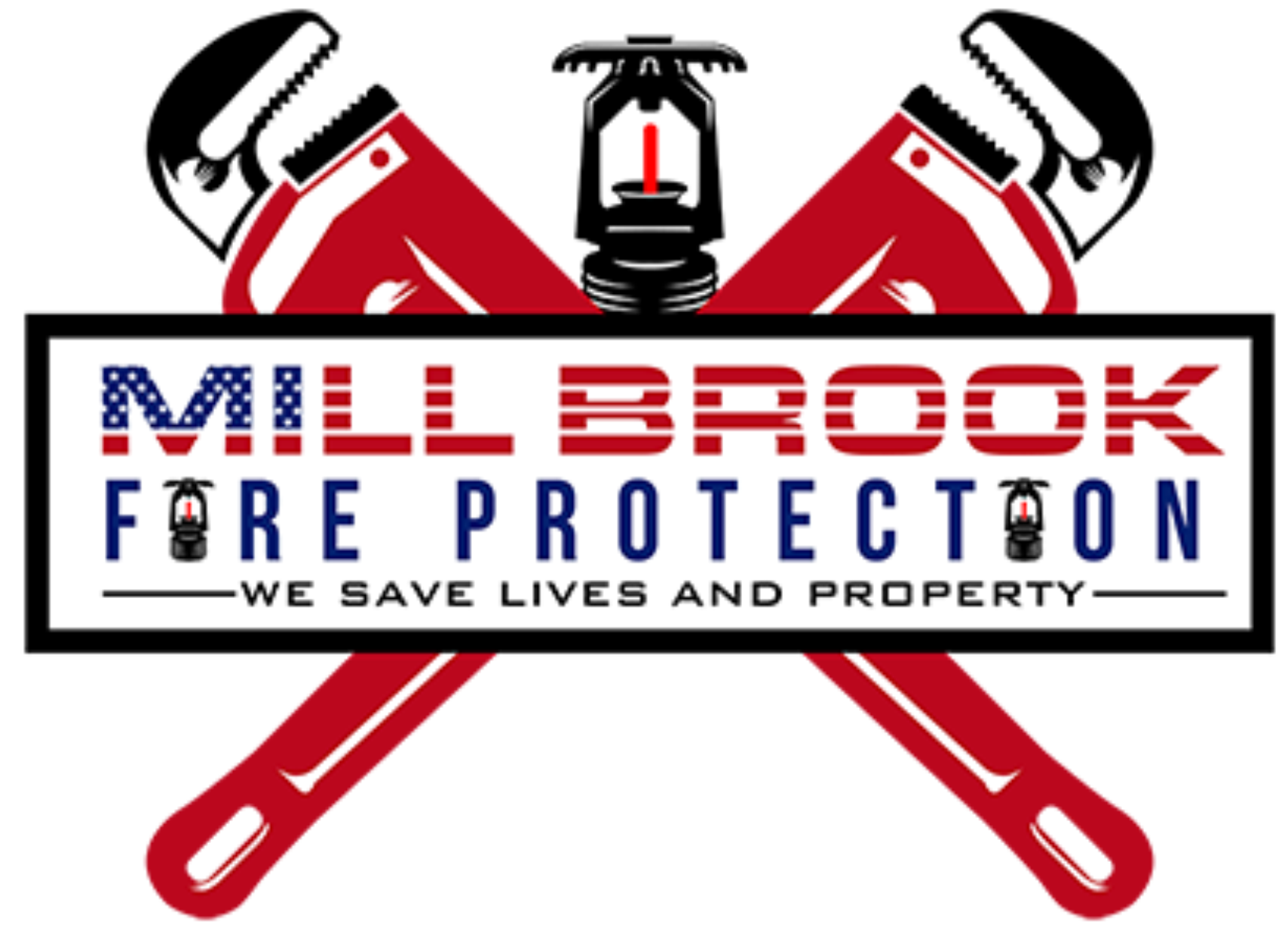
Here Is a List of Fire-Safety Tips for You to Follow During This Holiday Season

As the holidays approach, the U.S. Consumer Product Safety Commission (CPSC) is urging people to examine and eliminate potential dangers from the warm cozy flames, sparkly lights, and glittery decorations graced around them, which could accidentally lead to massive fires and injuries.
Each year, bold headlines highlight the number of people who are injured because of shocks, falls, and cuts on account of holiday lights, decorations, and Christmas trees.
Christmas trees, alone, cause hundreds of fires each year, concluding upon several deaths, injuries, property loss, and damage. Electrical lights and open flames from candles, lighters, or matches are primarily the reason behind such fire accidents. And contrary to fact, well-watered trees do not pose a problem. Dry and neglected trees, on the other hand, prove to be quite dangerous.
So, following is a list of safety tips that you can follow to keep your home and family safe from fires during the holiday season:
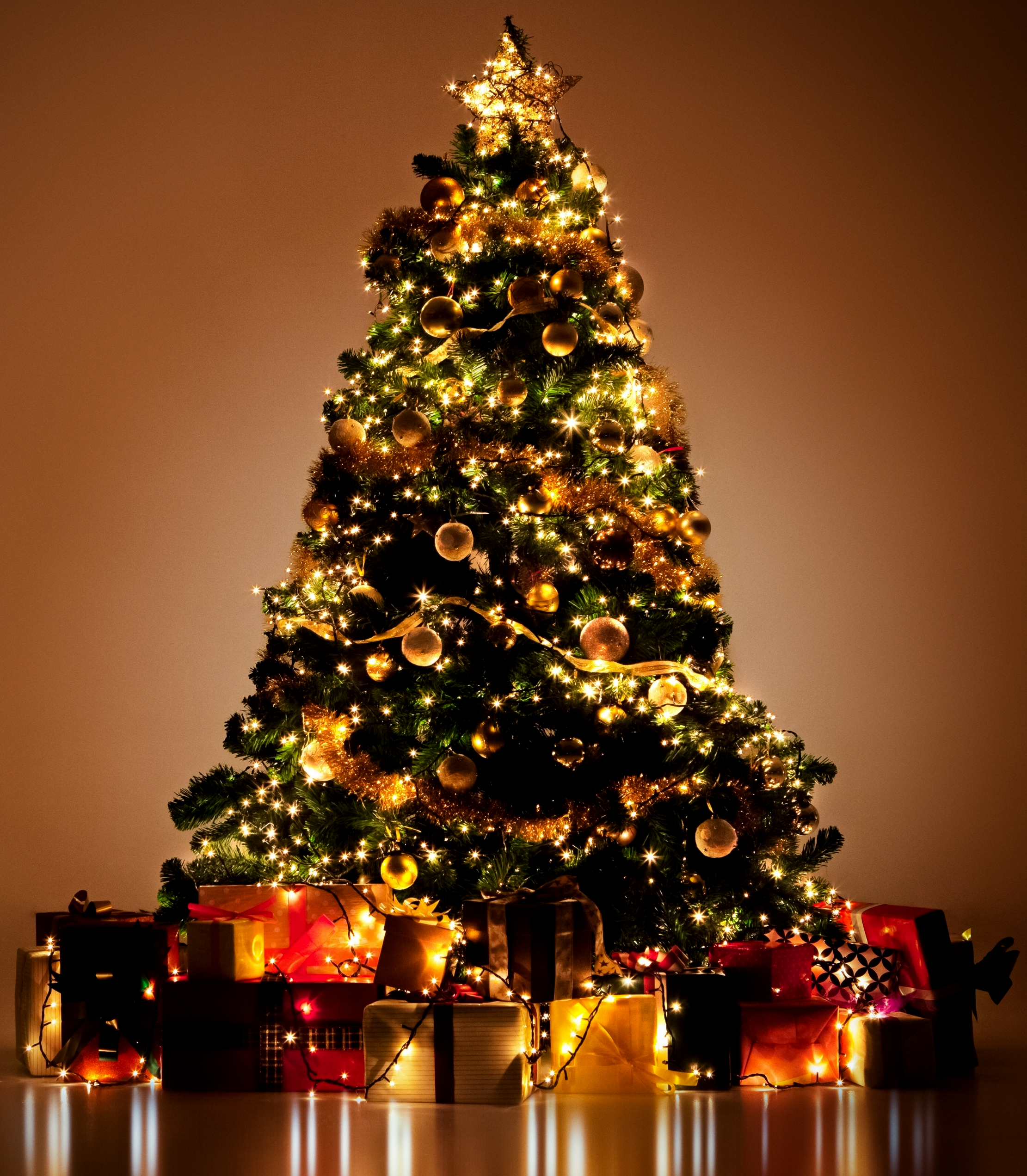 (I) Christmas Trees and Lights:
(I) Christmas Trees and Lights:
During our high-spirited celebrations, we tend to overload electrical circuits so as to accommodate holiday lighting, decorations, and cooking appliances, unknowingly increasing the possibility for electrical fires and outages. Let us remind you, Christmas tree lights, outdoor holiday lights, and other electric holiday decorations account for 25 percent of holiday fires.
Therefore, you must always attend to the following checklist:
(1) First Things First, Inspect-All the Lights:
Before plugging in a string of lights, inspect and examine the electrical cable/ power cord for damage. Throw away any hackneyed or twisted light strands.
(2) Never Overload a Circuit:
A standard household circuit can power 70 strands of 50-bulb mini lights or 300 to 600 strings of 50 LED-bulb lights.
Thus, if you want to use more than the mentioned amount of lights, spread the strands across multiple circuits so as to avoid any overload.
*Note: Do consider the fact that you are not using major appliances when plugging lights into the same circuit.
(3) Turn off all the lights and decorations before leaving the house or going to bed:
To avoid confronting the chilly waves of night, install a timer that could automatically turn on the lights at dusk and turn them back off at dawn (as per your preference). If you do not have the specific gadget, you must yourself ensure to execute the entire routine.
(4) Use a GFCI:
A Ground-Fault Circuit Interrupter is a distinctive type of wall outlet that is installed in stretches where water and electricity could potentially mix. This melange could, indeed, cause an extremely dangerous reaction. These circuit interrupters monitor the electrical current flowing through them and automatically shut off if the current becomes unbalanced. GFCIs, therefore, reduce the chances of electric shock.
(5) Hydrate Your Tree:
A Christmas tree can dry out if it is not watered for two to three days. Thus, ensure to water your tree on a regular basis. Dry Trees can, quite easily, catch the dangerous flames of fire.
(II) Heaters, Safety Detectors, and Electric Cords:
(1) Use Space Heaters With Care:
Space Heaters must be used for temporary heating purposes. They shall be plugged into a 20-amp circuit and must never be used with an extension cord. Also, ensure to keep your Christmas tree away from all the heat sources, including your heaters as well.
(2) Ensure to have enough smoke detectors:
Yes, please! Make sure to install smoke detectors in all the rooms, on each level of your home, including the hallways and bedrooms.
(3) Don’t Use Fragile Extension Cords:
Buy cheap, buy twice! Well, that quote is suitable for every saleable commodity. And that is the reason we urge you to always use heavy-duty, quality extension cords that are fabricated for fire safety. Do not place the extension cord under a rug or an area where it may pose a risk of stumbling.
*Note: If you want to use an extension cord on a quotidian basis, you must hire an electrician to install the same, an extension cord to be used on permanent power.
 (III) Candle Safety:
(III) Candle Safety:
Candles provide the most charming festive ambiance and delightful fragrance. However, these beautiful candles are accountable for igniting two out of five home decor structural fires each year. And this fact stands to be notably true during the holiday season of Christmas Eve, Christmas, and New Year’s Day. Thus, tick mark the following checklist to avoid any fire accident:
(1) Flame It But Without Fire:
Replace those traditional candles with flameless, battery-operated ones. Though, do not forget to turn them off! These LED lights can get hot if left unattended for too long.
(2) Don’t Leave The Room:
Blow out your burning candles if you are going to stay away for several minutes. Do not risk a potential hazard.
(3) Use Caution When Decorating With Candles:
Ensure to use sturdy candle holders. They will keep candles from tipping over and touching flammable surfaces. Also, keep each candle at least 12 inches away from its surrounding items.
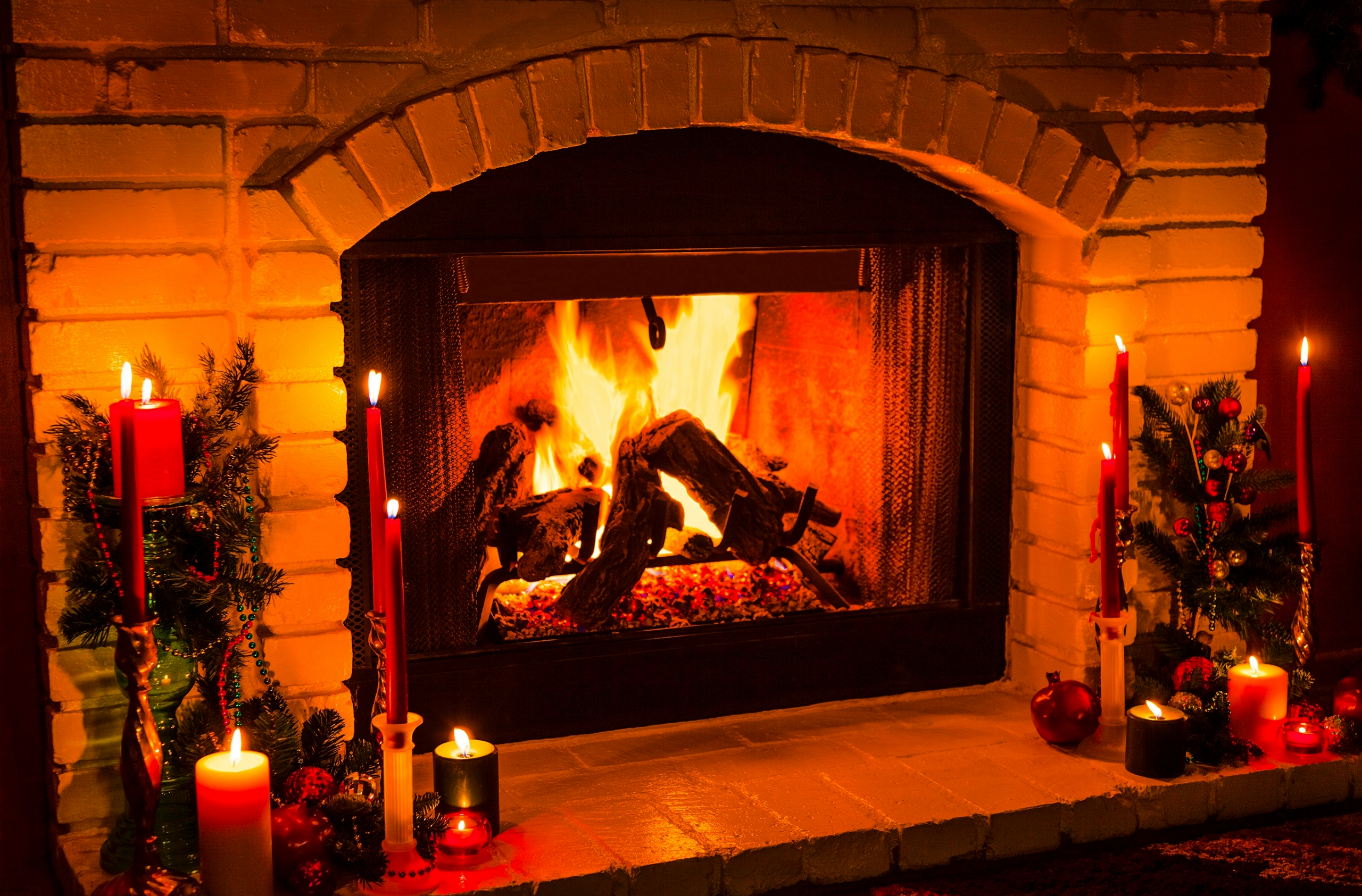 (IV) Chimney and Fireplace Safety:
(IV) Chimney and Fireplace Safety:
Clogged chimneys, according to a 2016 NFPA report, are amongst one of the leading causes that contribute to home heating fires during the holiday season.
Chimneys, wood-burning stoves, fireplaces must, therefore, be inspected by a professional sweep instructor every year. And even more meticulously during the holiday season.
However, you too must take proactive measures when using the fireplace during the holiday season:
(1) Keep The Fireplace Clear And Free of Debris:
Clean the ashes from the fireplace after each blaze. To reduce the amount of flammable material collecting in the chimney, burn only CSIA-accepted manufactured logs or firewood (that’s been seasoned for a year or more). Ensure that the damper is fully open before the lighting of a fire.
(2) Do Not Burn Any Old Thing:
Burn fuel consuming fires. Sub-standard fuel results in slow fires and more creosote build-up on the flue. Also never burn pressure-treated or painted wood material.
(3) Burn Better Fires:
Adopt the ‘Top-Down Burn’ method. This process ignites hotter and cleaner fires and produces less smoke than traditional fire-building methods. So, place the largest logs on the bottom, add a cross-layer of smaller logs, then some crushed newspaper, and top them all with one-inch kindling. Light the newspaper, sit back, and enjoy the fire.
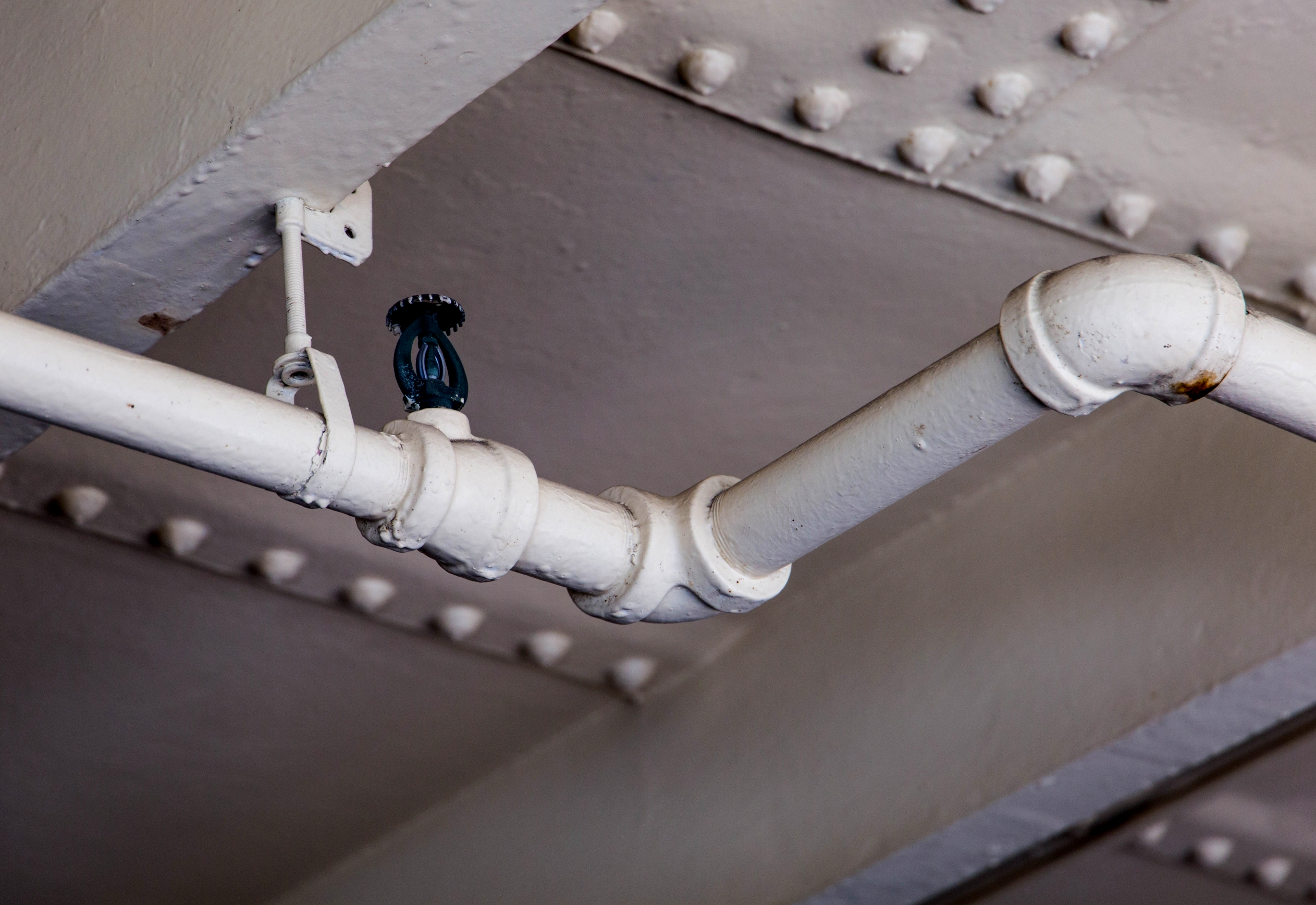 (V) Get Your Fire Sprinkler Systems Inspected:
(V) Get Your Fire Sprinkler Systems Inspected:
Prevention is better than cure. Thus, by any chance, if a fire accident does occur in your house (because of any of the aforementioned reasons), do ensure to get your fire sprinkler system tested and inspected, a few days prior to the holiday season.And if you do not have fire sprinkler systems installed at your place, get them instituted right now!
Feel free to give us a call at (631) 254-1315 or complete our Contact Us Form. We are here to protect you and your loved ones.
Conclusion:
Thus, follow these safety tips during the holiday season — and all year long — to keep your home safe from innumerable fire hazards.
Happy Holidays to You!
